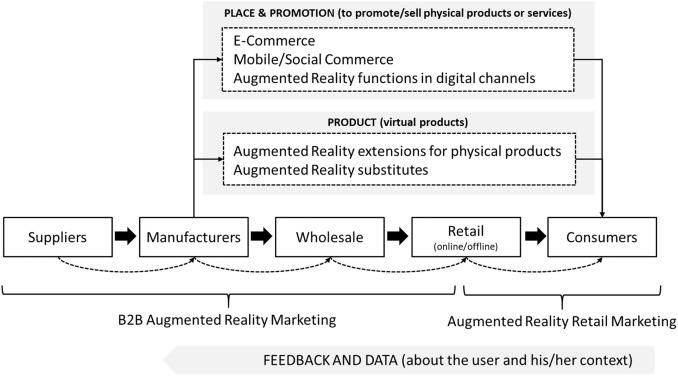How to Measure the Impact of Bite-Sized Learning: Effective Strategies and Key Metrics
In today’s fast-paced digital world, bite-sized learning, also known as microlearning, is transforming the way we approach employee training and professional development. But how can organizations effectively measure the real impact of their microlearning initiatives? In this comprehensive guide, we’ll explore practical strategies, key metrics, and best practices for assessing the success of bite-sized learning, so you can optimize your training outcomes and maximize ROI.
What is Bite-Sized Learning?
Bite-sized learning,or microlearning,refers to the strategy of delivering educational content in brief,focused segments that typically last between two and ten minutes. This format caters to the modern learner’s preference for on-demand, easily digestible learning experiences, and is notably effective for reinforcing skills, improving retention, and fostering continuous development.
- Short-form lessons delivered via mobile apps, LMS, or email campaigns
- Focus on single learning objectives per module
- Highly interactive and visually engaging
- Ideal for both corporate training and self-paced professional development
Why is Measuring Microlearning impact Vital?
While microlearning offers clear advantages like increased learner engagement and flexible delivery, its true effectiveness must be quantified to justify investment and guide future improvements.By measuring the impact of bite-sized learning, organizations can:
- Demonstrate alignment with business goals
- identify areas for content enhancement
- Showcase ROI to stakeholders
- Optimize learner engagement and retention
Key Metrics for Evaluating Bite-Sized Learning
To accurately measure the impact of microlearning, it’s crucial to track a variety of key performance indicators (KPIs) that reflect both learner behavior and business outcomes. Here are the most effective microlearning metrics to consider:
1. Completion Rates
High completion rates indicate that learners are engaged and find value in your content. Monitor the percentage of users who finish each microlearning module and look for patterns related to content length, format, and delivery channel.
2. Knowlege Retention and Recall
Use quizzes, spaced repetition exercises, and follow-up assessments to measure how much information learners retain over time. Compare pre- and post-module quiz scores and conduct knowledge checks at intervals to gauge long-term retention.
3. Application of Skills
The ultimate goal of bite-sized training is to improve workplace performance. Use practical assignments,real-world simulations,or on-the-job observation to assess how well learners transfer new knowledge to their daily roles.
- Manager feedback on behavior change
- Employee self-assessments
- Performance analytics from business systems
4. Learner Engagement and Satisfaction
Monitor user interactions, explore learner feedback surveys, and analyze social learning features (likes, shares, comments). A high level of engagement often correlates with greater knowledge transfer and positive learning experiences.
5.Time to Proficiency
Measure how quickly employees reach competency after engaging with microlearning resources.Reducing time-to-proficiency is a key sign of effective training.
6. Business Impact Metrics
align your microlearning program with core business objectives.Track metrics such as sales figures,productivity improvements,error rates,and customer satisfaction scores to draw clear lines between training and organizational performance.
Effective Strategies to Measure Microlearning Success
Implement the following proven strategies to accurately gauge the effectiveness of your bite-sized learning initiatives:
-
Align Learning Goals with Business Objectives:
Ensure each microlearning module targets specific skills or knowledge areas that map directly to measurable business outcomes.
-
Leverage Learning Analytics:
Utilize your Learning Management System (LMS) or microlearning platform’s built-in analytics to collect data on user participation, engagement, and success rates.
-
Survey and Interview Learners:
Collect qualitative data by asking participants for feedback on content relevance,clarity,and applicability to their work.
-
Run Pre- and Post-Training Assessments:
Benchmark progress by administering short tests before and after each microlearning module.
-
monitor On-the-Job Behavior:
Track real workplace changes and improvements that result from the training program.
-
Utilize A/B Testing:
Experiment with different formats, delivery timings, or content variations to determine what drives better outcomes.
Benefits and Practical tips for Implementing Microlearning Measurement
A robust measurement strategy not only proves the value of your microlearning efforts but also unlocks continuous advancement opportunities. Here’s how you can get started:
Benefits of Measuring Microlearning Impact:
- Optimize training investments based on real data
- Enhance learner engagement and satisfaction
- Pinpoint high-impact topics and delivery formats
- Drive meaningful workplace performance improvements
Practical Tips:
- Start small: Measure a pilot module before scaling your analytics approach
- Set clear, actionable learning objectives from the outset
- Choose metrics that reflect both learner progress and business results
- Regularly analyze and share results with stakeholders to maintain buy-in
Case Study: Measuring Microlearning Impact in Action
company Spotlight: TechCo
TechCo, a leading software solutions provider, implemented a microlearning program to improve customer support team performance.Here’s how they measured impact:
- Completion Rates: 96% of support agents completed all modules within two weeks.
- knowledge Retention: Post-training quiz scores improved by 40% over baseline scores.
- Time to Proficiency: New hires achieved full competency in 15% less time compared to previous onboarding cycles.
- Business Outcomes: Customer satisfaction scores increased by 8% and the average ticket resolution time decreased by 18%.
TechCo’s systematic measurement approach provided the data needed to refine learning materials and expand microlearning across other departments.
Conclusion: Take Microlearning Measurement to the Next Level
As organizations continue to embrace bite-sized learning as a dynamic solution for employee development, measurement strategies become essential for maximizing its impact. By closely tracking key metrics, adopting practical evaluation methods, and aligning microlearning with core business goals, you can ensure ongoing program success and prove the true value of your training investment.
Ready to boost your microlearning outcomes? Start measuring, get insights, and refine your approach for an agile and effective learning organization.

